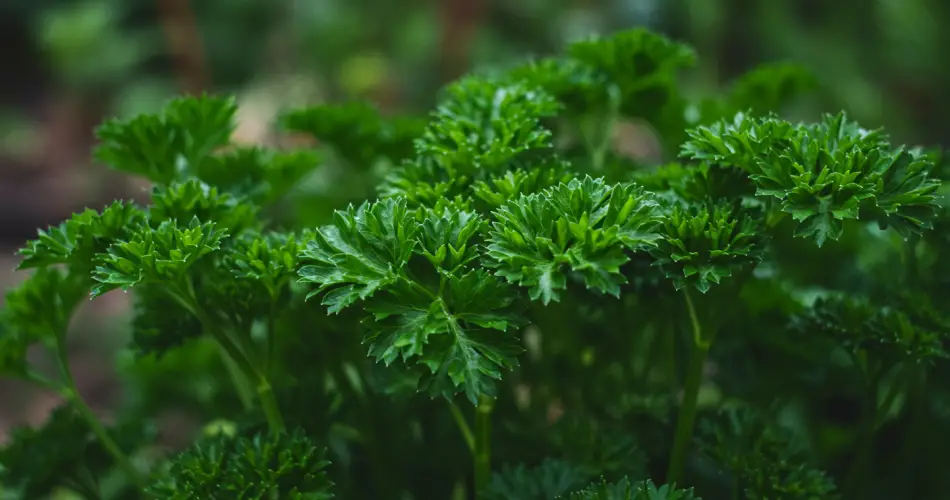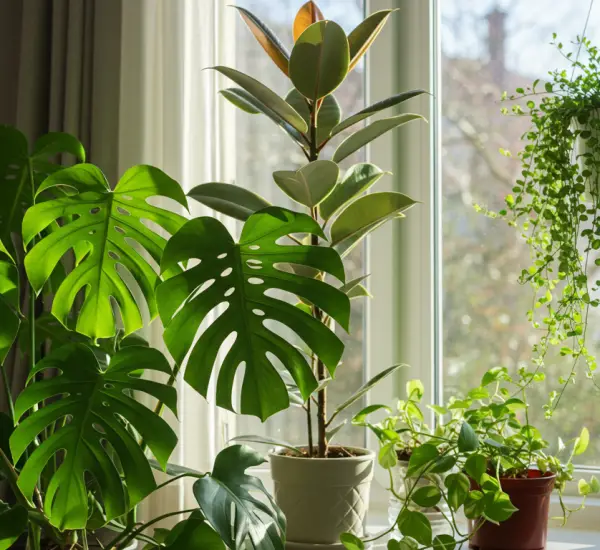If you love parsley and have a passion for gardening, you’ll be delighted to discover a simple trick that allows you to grow it endlessly — without spending any money. Parsley is one of the most popular herbs in home gardens and balconies, loved not only for its fresh, aromatic flavor but also for its versatility in the kitchen and its impressive health benefits. Gardeners have a little-known secret for multiplying parsley plants endlessly, keeping your supply fresh and abundant all year long. Let’s explore how to do it step by step.
Why Parsley Deserves a Place in Every Home Garden
Parsley is a culinary classic. Found in almost every Italian kitchen — and widely used in cuisines around the world — it’s a must-have ingredient that enhances everything from salads and soups to fish, meat, and pasta dishes. Its bright green leaves and refreshing taste can elevate even the simplest recipes, and its pleasant fragrance is unmistakable.
But beyond its use in cooking, parsley is also packed with health benefits. It’s naturally diuretic, helping the body eliminate excess fluids; anti-inflammatory, supporting joint and digestive health; and rich in antioxidants that protect cells from oxidative stress. Parsley also contains vitamins A, C, and K, along with essential minerals like iron and potassium. Growing it at home ensures you always have a fresh, chemical-free source of this nutrient-packed herb at your fingertips.
Growing Parsley at Home: Easier Than You Think
Many people believe that growing herbs requires a green thumb, but parsley is actually one of the easiest plants to care for. Whether you have a garden, a balcony, or just a sunny kitchen window, parsley will thrive with minimal effort.
To start, you can purchase a small parsley plant from a local nursery or garden center. Choose a healthy-looking plant with vibrant green leaves and a strong, earthy scent. Once you bring it home, repot it into a larger container or plant it directly in your garden. Parsley grows well in both indoor and outdoor settings, as long as it receives the right amount of light, moisture, and care.
Parsley might look delicate, but it’s surprisingly hardy. With the right conditions, it will continue to produce lush leaves for months — or even years — especially if you know the gardener’s secret to multiplying it infinitely.
The Gardener’s Secret: How to Multiply Parsley Infinitely
Professional gardeners and experienced growers have a simple but effective method to keep parsley growing endlessly — and it doesn’t cost a single cent. Instead of buying new plants, you can propagate your existing parsley through its stems. Here’s how to do it:
-
Select healthy stems:
Choose fresh, green parsley stems from a thriving plant. Ideally, pick ones that are about 10–15 cm (4–6 inches) long and have several leaves attached. -
Prepare your tools:
Use a clean, sharp pair of scissors or pruning shears. Disinfect them with alcohol or hot water before cutting to prevent bacteria from harming the plant. -
Cut the stems:
Snip the stems cleanly, avoiding any brown or damaged sections. You’ll want the lower ends to be smooth so they can absorb water effectively. -
Prepare the water:
Fill a glass or jar with warm, chlorine-free water. If your tap water contains chlorine, let it sit uncovered for a few hours before using it, allowing the chlorine to evaporate. -
Soak the stems:
Place the parsley stems in the jar, ensuring that the cut ends are fully submerged. Keep the jar in a bright spot, but out of direct sunlight. -
Wait for roots to form:
Within a few days, you’ll begin to see small white roots emerging from the base of the stems. Change the water every two days to keep it clean and oxygenated.
Once the roots are about 2–3 cm long, your parsley is ready to be planted in soil.
Transplanting and Growing Strong Parsley Plants
Now that your cuttings have developed roots, it’s time to transfer them into pots or directly into your garden soil. Follow these steps for healthy, continuous growth:
-
Choose the right soil:
Parsley prefers light, well-draining soil enriched with organic matter. You can mix garden soil with compost or humus to boost nutrients. -
Plant the cuttings:
Fill a pot with your prepared soil, make small holes for each cutting, and plant them carefully without damaging the new roots. -
Light and humidity:
Place the pot in a bright, well-ventilated area. Parsley loves sunlight, but avoid placing it under scorching midday rays. About three hours of direct light per day is ideal. -
Watering schedule:
Parsley needs consistent moisture, but avoid overwatering. Lightly water two or three times a day to keep the soil damp but not soggy.
Within 15 days, you should notice the first signs of new growth — a good indication that the plant has successfully adapted to its new home.
Caring for Your Growing Parsley Plant
Once your parsley plant is established, keeping it lush and productive is easy. Here are a few key care tips:
-
Water daily, especially during warmer months. Parsley loves humidity but not standing water, so make sure your pot has drainage holes.
-
Fertilize occasionally with compost tea or a natural organic fertilizer to keep the soil rich.
-
Harvest wisely: Wait about three months before your first major harvest. Always cut the outer stems first, allowing the central ones to continue growing. This stimulates new leaf production and keeps the plant vigorous.
-
Prune regularly: Removing yellowed or wilted leaves encourages new growth and prevents disease.
By following this simple routine, your parsley plant will continue to grow strong, and you can keep multiplying it indefinitely by repeating the stem propagation process.
A Never-Ending Supply of Fresh Parsley
With just a few stems, a glass of water, and a little patience, you can enjoy an endless supply of parsley — fresh, fragrant, and ready to use whenever you need it. This eco-friendly method not only saves you money but also gives you the satisfaction of growing your own herbs naturally.
So, whether you sprinkle it over pasta, mix it into sauces, or use it to garnish your favorite dishes, your homegrown parsley will always be within reach. Once you learn this gardener’s secret, you’ll never have to buy parsley again — your plant will keep growing and multiplying, providing you with fresh, flavorful leaves all year round.



